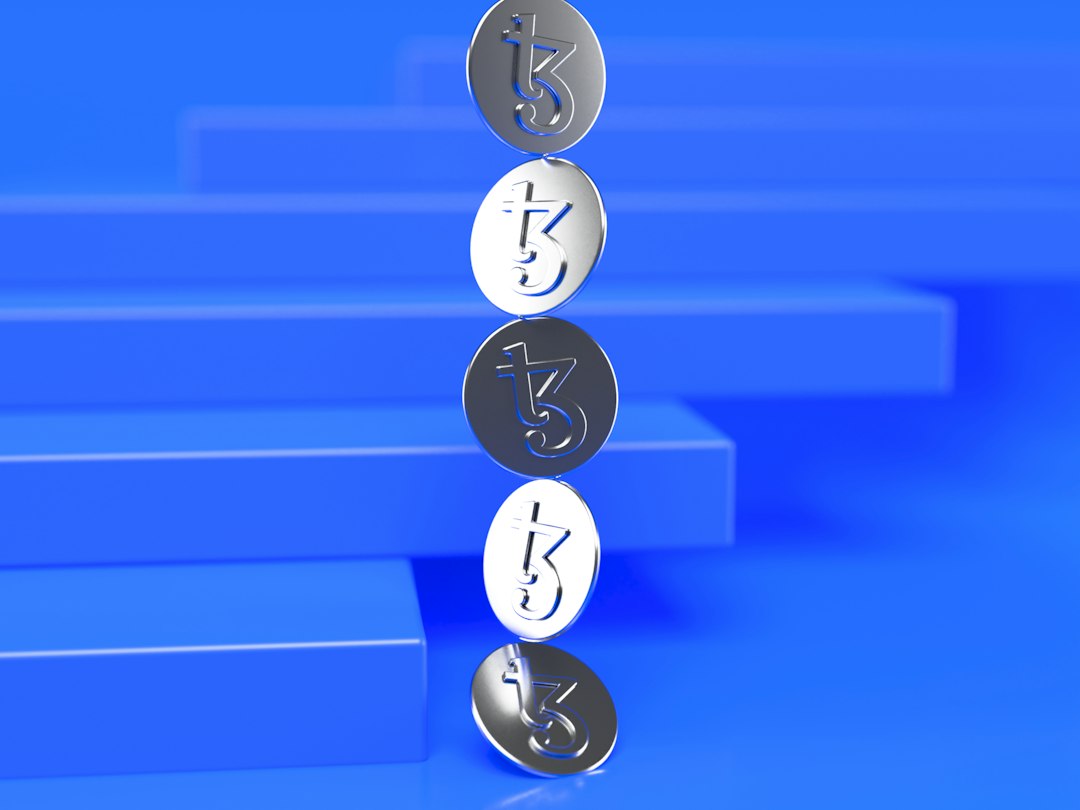Bitcoin Difficulty Jumps More Than 6% Higher
This article discusses the recent surge in Bitcoin’s network difficulty and the challenges it poses for miners. Here are the key points:
- Bitcoin’s network difficulty increased by 6.17% on August 22, 2023, reaching a record high of 55.62 trillion.
- This spike means miners will need to exert more computational power to discover blocks.
- In August, there were two notable shifts in difficulty: a modest 0.12% increase on August 9, 2023, and the substantial 6.17% climb.
- Miners are facing heightened challenges due to the recent dip in BTC’s value.
- The network’s hashrate remains strong, hovering above 400 exahash per second (EH/s).
Despite the challenges, miners are undeterred:
- Blocks are being generated faster, with an average time of 8 minutes and 52 seconds.
- The network’s next difficulty adjustment is expected around September 4, 2023.
Recent data shows the dominance of certain mining pools:
- Foundry USA leads with a 30.94% hashrate share and has mined 142 blocks.
- Antpool and F2pool follow closely with hashrate shares of 21.79% and 19.39% respectively.
- Average block sizes range between 1.6 and 1.7 million bytes among these pools.
- Transaction fees as a percentage of block rewards remain consistent, ranging from 1.4% to 1.91% across pools.
Hot Take:
The recent surge in Bitcoin’s network difficulty presents significant challenges for miners, especially amidst the dip in BTC’s value. However, the resilience of the network’s hashrate and the continued generation of blocks at a faster rate indicate that miners are determined to overcome these obstacles. The dominance of certain mining pools also highlights the concentrated power within the Bitcoin ecosystem. As Bitcoin continues to evolve, miners will need to adapt and innovate to maintain profitability and contribute to the security and stability of the network.





 By
By
 By
By
 By
By
 By
By
